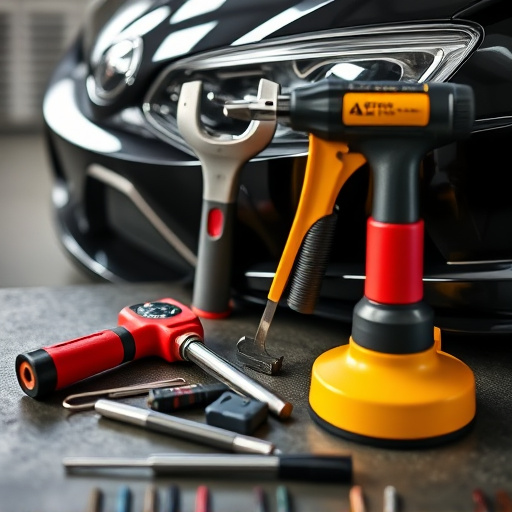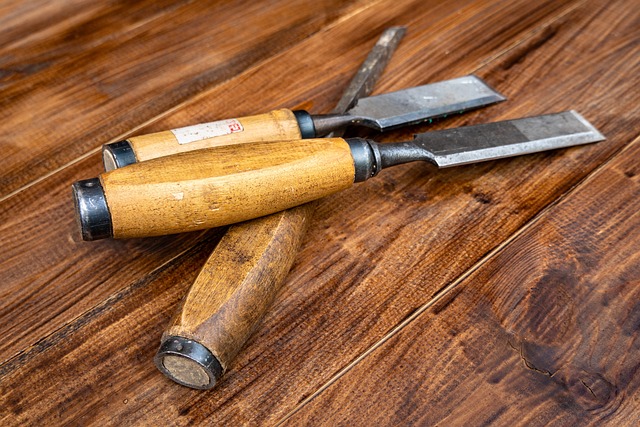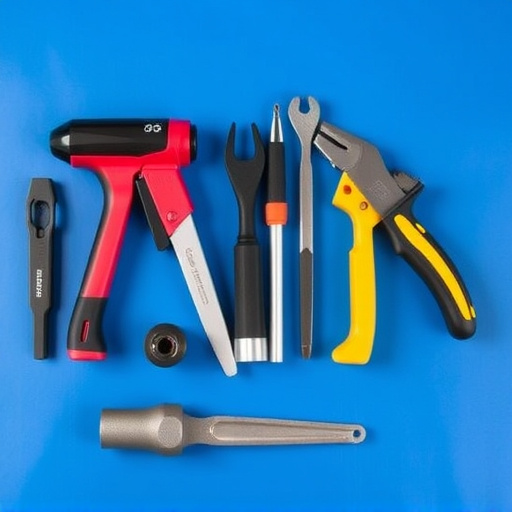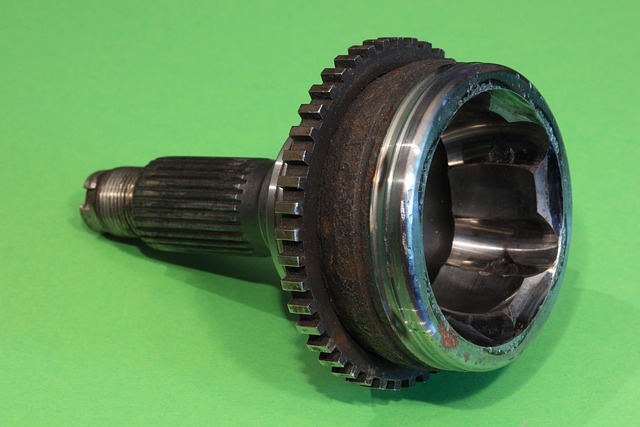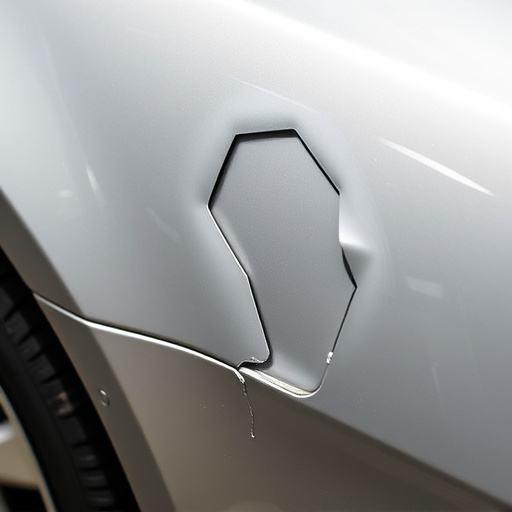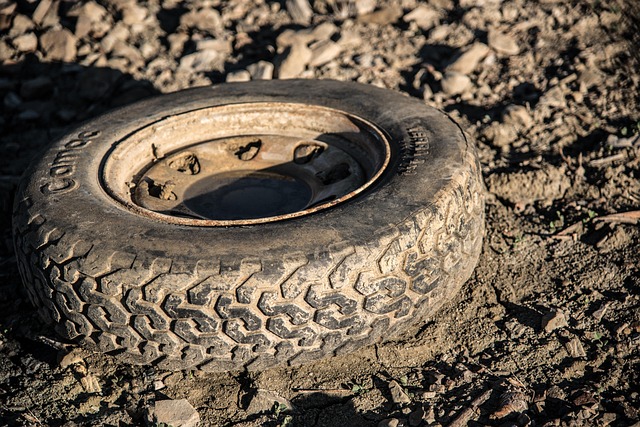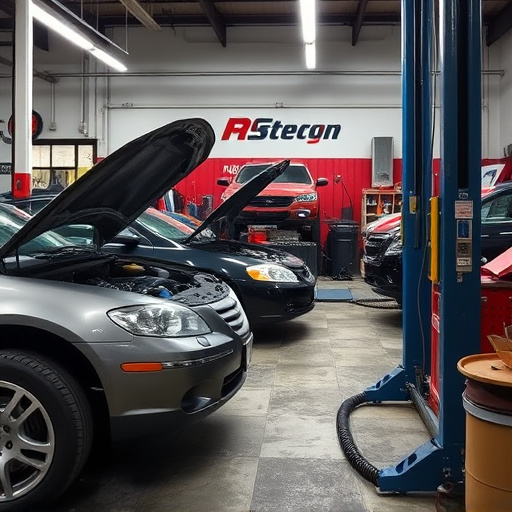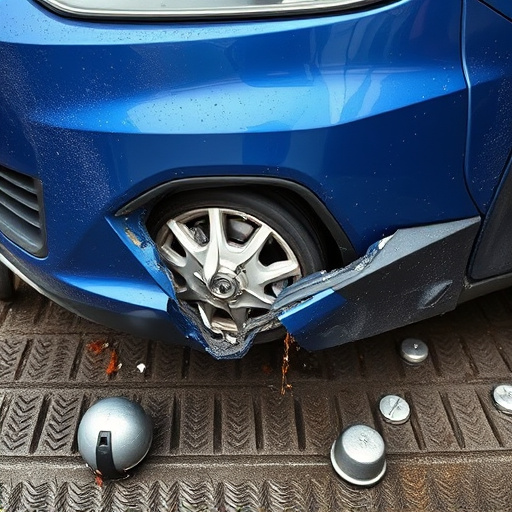After a collision, prioritize safety, gather essential info like insurance and contact details, document damage with photos, and exchange information. Contact your insurance provider promptly for guidance on filing a claim, repairs, and working with specialists. Keep records of communications, medical receipts, and repair estimates to streamline the collision claim process.
“New to navigating the world of collision claims? This beginner’s guide is your go-to resource. We’ll walk you through every step, from understanding your rights after a crash, to documenting the incident and gathering essential evidence.
Learn how to effectively navigate insurance claims, negotiate settlements, and ensure you receive fair compensation. By the end, you’ll be equipped with the knowledge to confidently manage your collision claim process.”
- Understanding Your Rights After a Collision
- Documenting the Incident and Gathering Evidence
- Navigating Insurance Claims and Settlements
Understanding Your Rights After a Collision
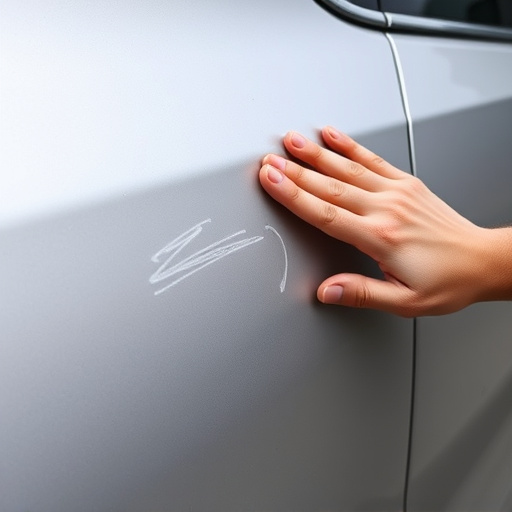
After a collision, understanding your rights is crucial for navigating the collision claim process effectively. The first step is to ensure everyone’s safety and call emergency services if necessary. Once that’s taken care of, gather essential information from the other driver involved, including their insurance details, vehicle registration, and contact information. Document the incident by taking photos of the damage to your vehicle and the scene of the accident. This evidence will be vital when filing a collision claim.
Knowing your rights involves understanding what types of losses are covered under your auto insurance policy. Typically, this includes repairs or replacements for your car, often through processes like car body repair or even comprehensive car paint services if the damage is extensive. Remember to contact your insurance provider promptly to initiate the collision claim process and get guidance on the next steps, which may include filing a report with them and working with auto body repairs specialists.
Documenting the Incident and Gathering Evidence

After a collision, documenting the incident and gathering evidence is a crucial step in the collision claim process. As soon as possible after the accident, take photos of the damage to both vehicles involved. Make sure to capture all angles and close-ups of any visible injuries. Additionally, exchange insurance information with the other driver and get witness statements if available. These steps are essential for building a solid case for your vehicle repair or scratch repair.
Collecting evidence can also involve documenting conversations with your insurance company and keeping records of all communications. Gather receipts for any immediate medical attention or emergency services you received, as well as any estimates for vehicle restoration if necessary. These documents will help streamline the claim process and ensure a smoother journey towards resolving the collision and restoring your vehicle to its pre-accident condition.
Navigating Insurance Claims and Settlements

After a collision, navigating insurance claims and settlements can seem like a daunting task. The first step is to ensure everyone’s safety and call emergency services if necessary. Then, document the incident by taking photos of the damage, exchanging information with the other driver, and filing a police report (if required). Contacting your insurance provider is crucial in the collision claim process, as they will guide you through specific procedures for filing a claim. They may even offer services like arranging for dent removal or frame straightening to repair your vehicle.
Understanding the settlement process involves knowing that your insurance company will assess the damage and determine the cost of repairs. They’ll then negotiate with the other party’s insurer, aiming to reach an agreement on compensation. This can involve discussions about who was at fault, the extent of damage, and the cost of repairs—including services like car dent removal or frame straightening. Remember, staying informed and keeping detailed records throughout this process is essential for a smooth collision claim resolution.
A successful collision claim process requires understanding your rights, meticulously documenting the incident, and effectively navigating insurance claims. By gathering compelling evidence and settling fairly, you can ensure a positive outcome. Remember, knowing the steps involved is crucial for a seamless experience during this challenging time.

